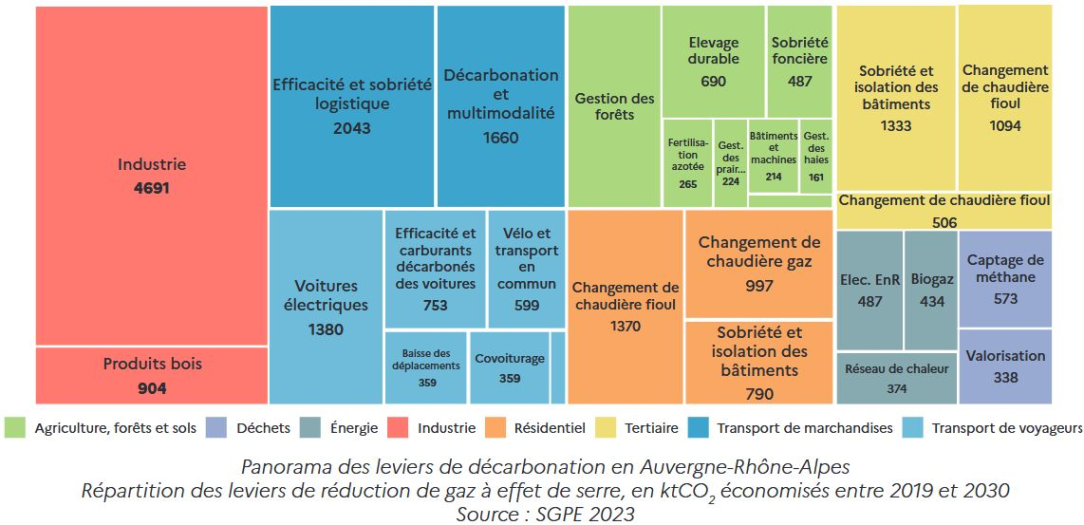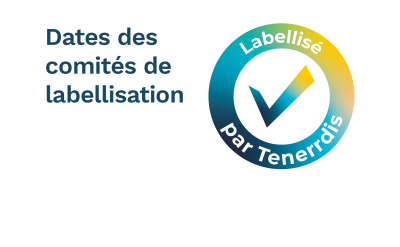News

Analysis of the synthesis of "La planification écologique en Auvergne-Rhône-Alpes" - Regional COP
Our project manager Valentin Maillot analyzes for us what we need to retain from this summary produced by the regional COP.
One year ago, the prefecture of the Auvergne-Rhône-Alpes region launched the regional COP, which culminated in August 2024 in a planning document for the region's ecological transition. As is often the case, counter-intuitive and little-publicized elements emerged.
One photo
👉 France's 1st region in terms of volume and tonne.km for road haulage by heavy goods vehicles (32,000 million t.km)
👉 France's 1st industrial region with 505,000 employees on 61,000 sites
👉 The number of homes classified as F and G energy flats is above the French average: 18.1% of the housing stock, compared with 17.3% nationally
Levers:
👉 A reduction target of 24.5 MtCO2eq between 2019 and 2030
👉 The sectors with the greatest decarbonation potential are industry (23% of the total), freight transport (15%), Agriculture/Forestry/Land (14%), passenger transport (14%), residential (13%) and tertiary (12%). The energy sector accounts for less than 5% of the region's decarbonization potential.
👉 7 levers account for more than 2/3 of the region's decarbonization levers: decarbonization of industry (19%), changing oil-fired boilers (10%), sobriety and insulation of buildings (9%), logistical efficiency and sobriety (8%), decarbonization and multimodality of freight transport (7%), changing gas-fired boilers (6%), forest management (6%), deployment of electric cars (6%).
👉 Sobriety in buildings accounts for only 20% of the potential reduction in building consumption, with insulation accounting for the remaining 80%.The same ratio applies to the deployment of biogas for heating buildings, and the elimination of gas boilers.
👉 On the energy side, electric renewable energies, biogas and heating networks all have roughly the same decarbonization potential.Capturing methane leaks saves 32% more CO2 than deploying biogas
Targets to 2030 :
👉 Transport: -10% road freight transport, -10% travel, -15% car use, 15% light electric vehicles
👉 Building: 80,000 homes renovated per year (oil/gas boiler replacement + insulation) for -15% reduction in energy consumption; -30% reduction in energy consumption in the tertiary sector.
👉 Industry: -40% of emissions from the 90 highest-emitting industrial sites in the region
👉 Agriculture: work to take place in 2nd half of 2024, conclusions yet to be published
👉 Energy/Waste: Zero landfill, reduce methane emissions from non-hazardous waste storage facilities (ISDND), 30 TWh of renewable heat, 50% increase in renewable electricity
 1
1












No comment
Log in to post comment. Log in.